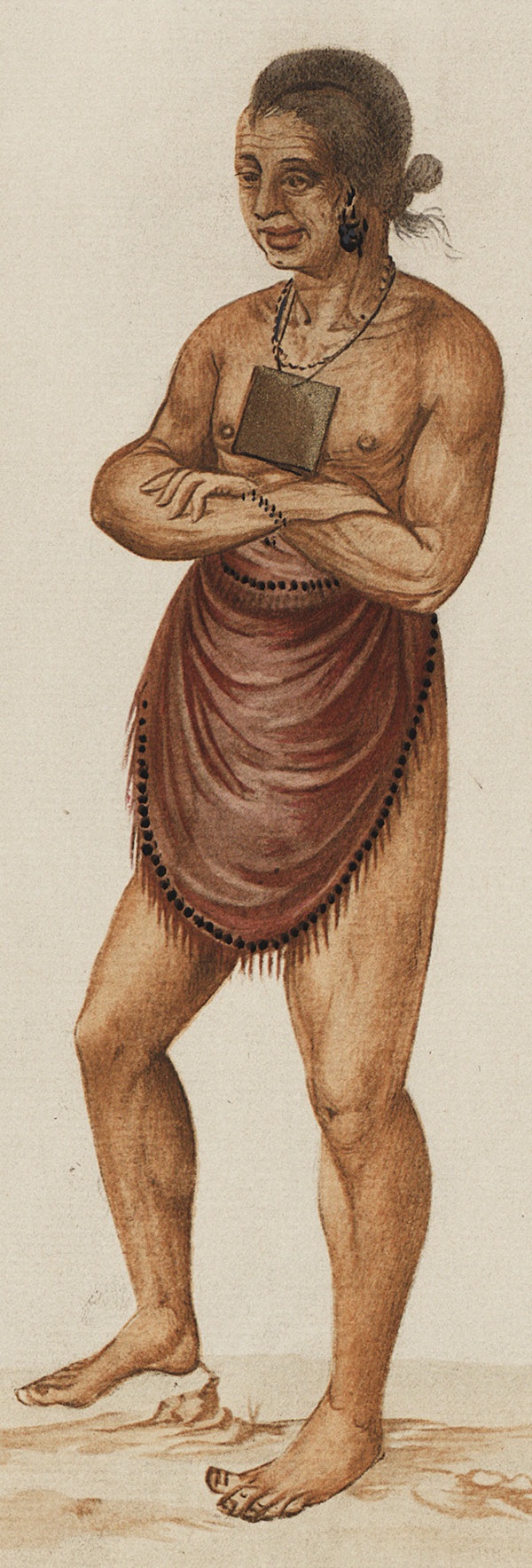 Originally known as Wingina, Pemisapan was a well-respected regional leader in the Algonquian tribe on Roanoke Island and the adjacent mainland in the 1580s. Although he and his people helped the English colonists on Roanoke at first, Pemisapan came to the same conclusion that many native chieftains would in future years: the Europeans intended to take over by any means, including violence.
Originally known as Wingina, Pemisapan was a well-respected regional leader in the Algonquian tribe on Roanoke Island and the adjacent mainland in the 1580s. Although he and his people helped the English colonists on Roanoke at first, Pemisapan came to the same conclusion that many native chieftains would in future years: the Europeans intended to take over by any means, including violence.
Realizing the English had superior weapons and numbers, Pemisapan conspired with other tribal leaders to unite and fight together to drive the Ralph Lane colony away from Roanoke.
When an Algonquian hostage revealed Pemisapan’s plot to the English, Lane assembled men to pursue Pemisapan. Lane lured him into an open area, so he and other colonists could shoot at him, and though wounded in the initial volley, Pemisapan ran into the woods.
Nugent and another colonist pursued Pemisapan and returned later carrying his head. Algonquian Indians later killed White’s close advisor George Howe as a spiritual act of revenge for the murder of Pemisapan. Fearing the consequences of their actions, the tribe abandoned their capital town and moved inland. Within a few days, Lane’s colonists returned to England with Sir Francis Drake.
In his book The Head in Edward Nugent’s Hand, historian Michael Oberg wrote of the murder, “Telling this story forces us to consider . . . what constitutes a historically significant event, and who decides and why . . . The crime, it seems, has been erased and silenced and forgotten, deemed not relevant to the larger narrative of American history. But the killing of this Algonquian leader had important consequences for the native peoples of the Carolina Sounds, and the short-lived English attempts at settlement brought misery and suffering that are difficult to imagine.”
